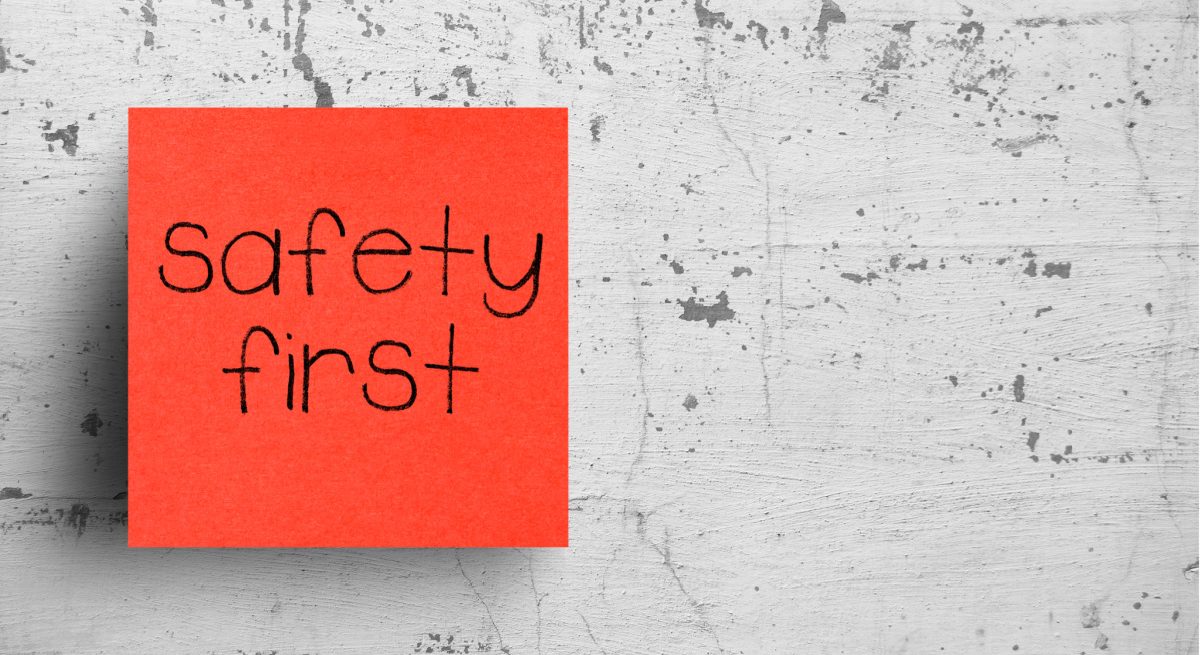Tough Topic: Making Restaurants Safer
4 Min Read By Mike Anderson
In recent years, the restaurant and bar industry has undergone major education from law enforcement officials on how to respond to active shooters, with a consensus forming around the basic idea of “Run, Hide & Fight.” Combined with well-rehearsed plans and specific emergency duties for individual employees, this relatively simple safety advice can save both employee and customer lives through preparation.
What the guidance can’t do, however, is speed up the crucial step of delivering accurate and complete information on the active shooter situation to local law enforcement and emergency responders. Police departments are considered the first line of tactical action against armed suspects, but they can’t simply rush into a building, guns blazing. Copious amounts of information are required before officers can make an effective entrance and apprehend or confront a suspect.
With an advanced, affordable gunfire detection system deployed throughout bars and restaurants…
Sorry, You've Reached Your Article Limit.
Register for free with our site to get unlimited articles.
Already registered? Sign in!


